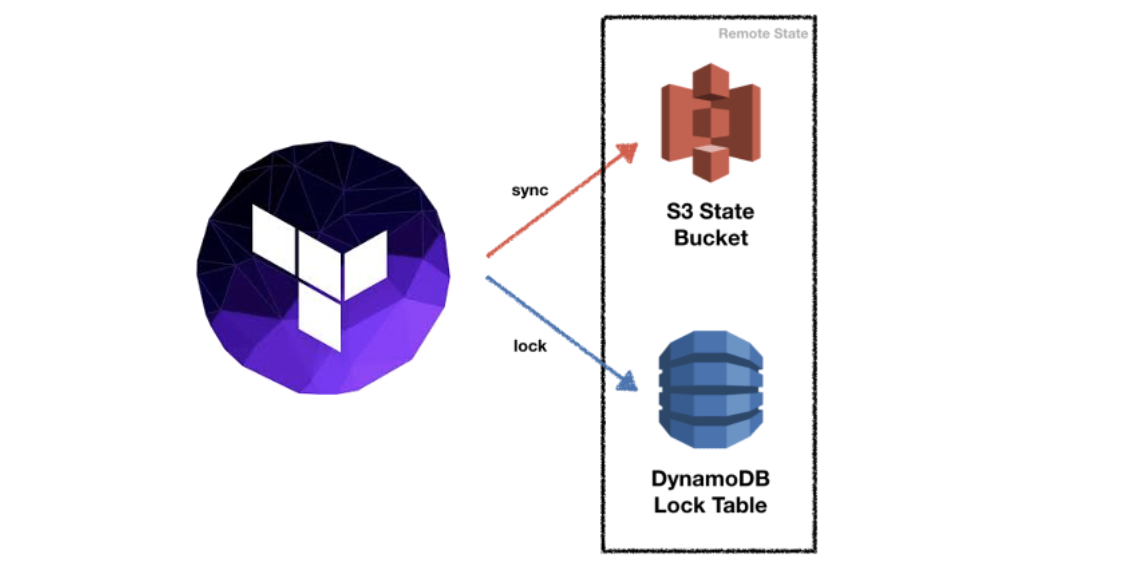Managing State#
https://www.terraform.io/language/state
state is a file that contains a serialized representation of your infrastructure and configuration.
Backends determine where state is stored. For example, the local (default) backend stores state in a local JSON file on disk.
local state
默认情况下,Terraform会将状态保存在一个文件中,这个文件的名称是 terraform.tfstate。
local state的文件和存储位置是可以修改的
terraform {
backend "local" {
path = "relative/path/to/terraform.tfstate"
}
}
remote state
Terraform writes the state data to a remote data store, which can then be shared between all members of a team. Terraform supports storing state in:
Terraform Cloud
HashiCorp Consul
Amazon S3
Azure Blob Storage
Google Cloud Storage
Alibaba Cloud OSS
and more
lock

Contents:
常用命令#
terraform state help
Usage: terraform [global options] state <subcommand> [options] [args]
This command has subcommands for advanced state management.
These subcommands can be used to slice and dice the Terraform state.
This is sometimes necessary in advanced cases. For your safety, all
state management commands that modify the state create a timestamped
backup of the state prior to making modifications.
The structure and output of the commands is specifically tailored to work
well with the common Unix utilities such as grep, awk, etc. We recommend
using those tools to perform more advanced state tasks.
Subcommands:
list List resources in the state
mv Move an item in the state
pull Pull current state and output to stdout
push Update remote state from a local state file
replace-provider Replace provider in the state
rm Remove instances from the state
show Show a resource in the state
$ terraform refresh -help
Usage: terraform [global options] refresh [options]
Update the state file of your infrastructure with metadata that matches
the physical resources they are tracking.
This will not modify your infrastructure, but it can modify your
state file to update metadata. This metadata might cause new changes
to occur when you generate a plan or call apply next.
$ terraform force-unlock --help
Usage: terraform [global options] force-unlock LOCK_ID
Manually unlock the state for the defined configuration.
This will not modify your infrastructure. This command removes the lock on the
state for the current workspace. The behavior of this lock is dependent
on the backend being used. Local state files cannot be unlocked by another
process.
Options:
-force Don't ask for input for unlock confirmation.
$ terraform show --help
Usage: terraform [global options] show [options] [path]
Reads and outputs a Terraform state or plan file in a human-readable
form. If no path is specified, the current state will be shown.
Options:
-no-color If specified, output won't contain any color.
-json If specified, output the Terraform plan or state in
a machine-readable form.